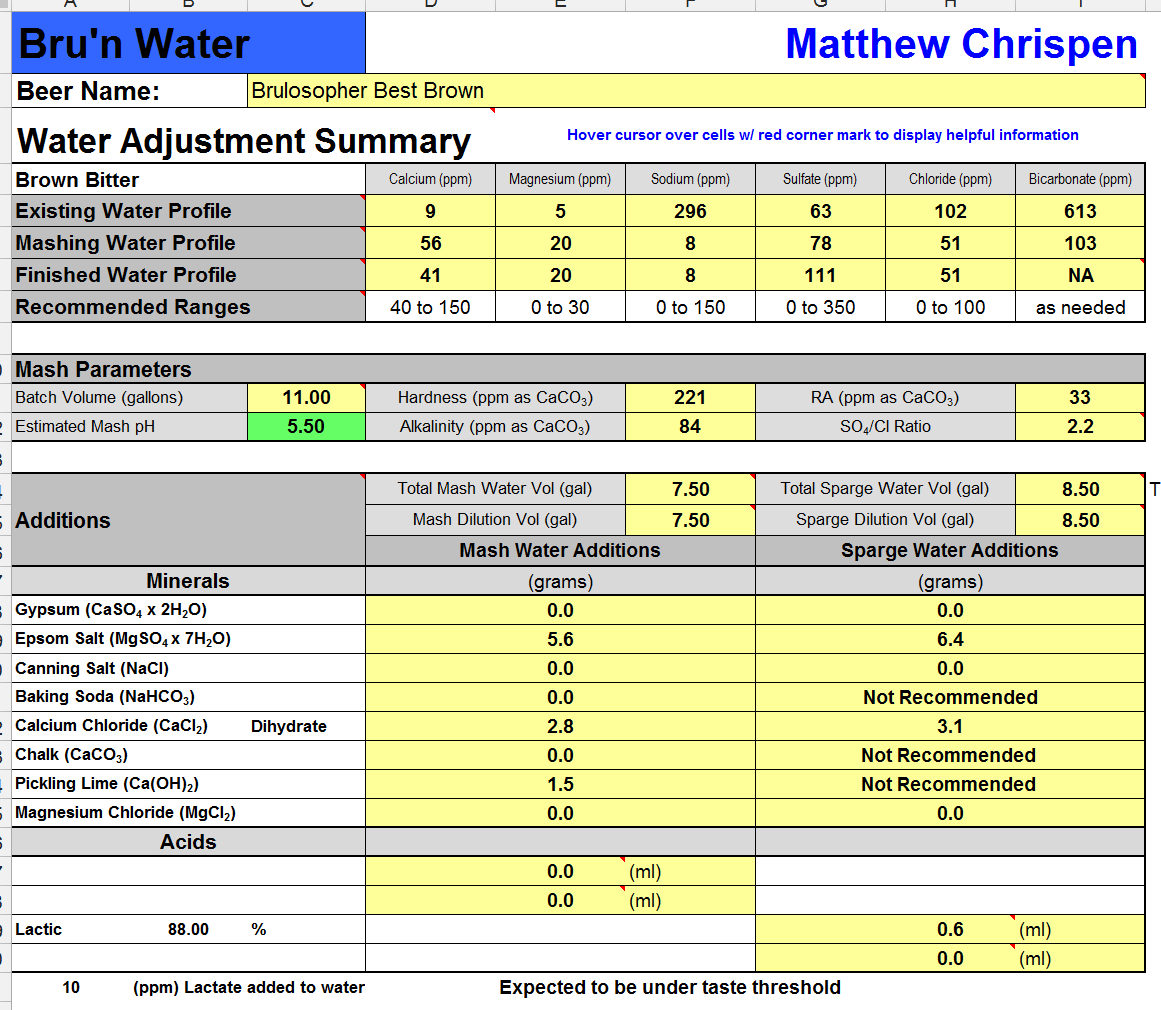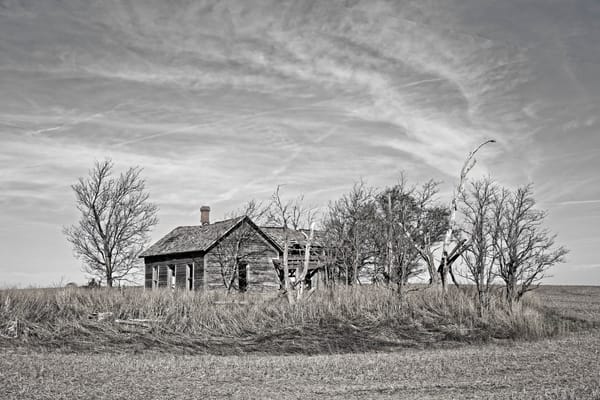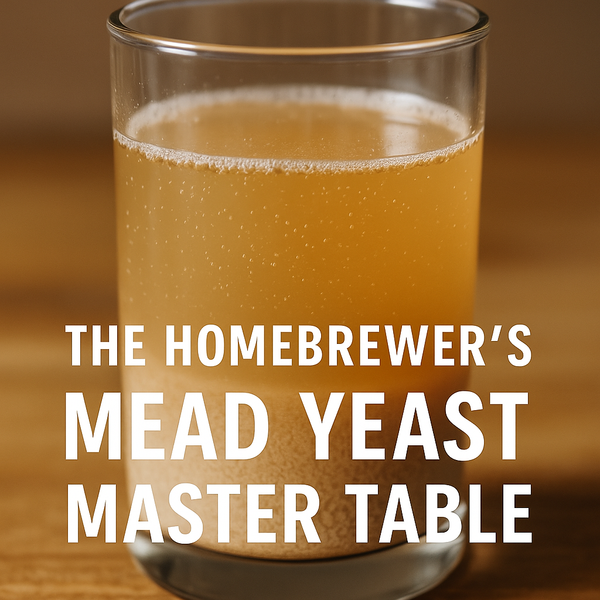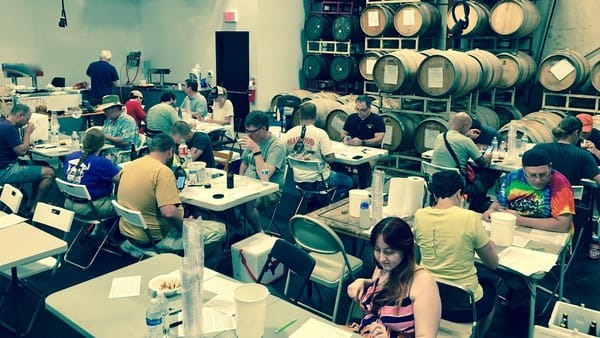Brewing Water Series: Brülosopher's Best Brown Ale

American Brown Ale
The application of water profiles for homebrew typically starts with the beer style, and secondarily with the beer color and hop character. An American Brown Ale can be difficult as there is some variation between Brown Ales, ranging from a more malt forward beer to some that are nearly as hoppy as a pale ale or amber. This gives us the opportunity to evaluate a recipe and make a specific determination based on our designed and intended purpose, and to explore the color-based water profile recommendations in the Bru’n Water Spreadsheet (BWS). In this case, there are three simple options provided in the spreadsheet.
As always, profile recommendations are highly personal. My preferences most likely are not your preferences, or the preferences of the creator of a given recipe. In this case, we are going to look at the recipe from Marshall Schott, “Brülosopher’s Best Brown Ale." If you want the original recipe - a compressed BeerSmith file is linked here with Marshall's permission. He and I exchanged a few emails concerning this – and we will follow up with some tasting notes at a later date. Essentially, this is a test in replicating a known good recipe with twisting only the water profile. While Marshall made this recipe recommendation in our discussion - no other information was provided until after the beer was brewed. My brew volumes are 12 gallons - so some minor adjustment was made to the recipe to fit.
The recipe stats are:
OG: 1.051, 22 SRM, ~28 IBUs, and notes indicate a single infusion mash of 154° F (68° C) for a medium body. He also discusses substitution of the yeast with WLP090 - San Diego Super Yeast, and swapping out a portion of the chocolate malt with pale chocolate for a lighter color and toasted nut character. This is the direction I will head with it.
- 51% - 2-Row (2.0 SRM)
- 18% - Munich Malt (10.0 SRM)
- 09% - White Wheat Malt (2.4 SRM)
- 07% - Cara-Pils (2.0 SRM)
- 06% - Crystal Malt 60L (60.0 SRM)
- 05% - Chocolate/Pale Chocolate (450 or 250 SRM)
- 04% - Crystal 15L (15 SRM)
Hop bill yields
- ~15 IBU – Magnum (11.6%) at 60 minutes
- ~08 IBU – Willamette (5.5%) at 25 minutes
- ~3.5 IBU – Cascade (6.4%) at 5 minutes
- Total estimated IBU around 26.5 IBU – Tinseth
This is a specialty malt heavy recipe, which implies that it might be quite malt forward and perhaps struggle with attenuation. The Munich will add that traditional rich malt goodness, backed up by some nuttiness of the white wheat. The crystal malts will layer in some mild caramel and sweetness with a little bit of toasted bread. The chocolate offers up roast coffee or mild burned notes, but pale chocolate will have a much more nutty and coffee tone. We will want to make sure to leave some body and a good mouth feel.
Comparing the malt to the hop bill, we have a moderate level of bittering. Clean bittering from the Magnum with little flavor influence, followed by the spicy nature of the Willamette which can be peppery, floral and fruity, and rounded up with flavor and aroma of the classic Cascade featuring some potent citrus spice and floral notes. At first glance this feels like the malt bill will overpower the American hops, so we will perhaps choose a profile that enhances the hop notes rather than the malt. However, if we go too far, we can unbalance this beer – which we know has been refined over many iterations. I also made sure to buy very fresh hops, rather than pull out some dregs that have been stored in my freezer.
WLP090 or San Diego Super Yeast is an alternative to some of the more usual Chico strains. I have used it in both pale and darker beers to good effect, and appreciate the aggressive fermentation that seems to highlight and sharpen some malt character, but retain good hop character. Where US-05 might give some peachy esters, WLP090 ferments very cleanly. I had some slurry sitting around from December and tossed it into a starter to wake it up – and grow my needed 400 billion or so cells.
Looking at BWS, I decided to give the Brown Bitter profile a try after using it on a very hoppy Amber ale, rather than designing one. That Amber Ale was hopped more intensely but had far less in the specialty grain territory, yet retained a lovely juicy Cascade citrus nose and flavor through the life of the kegs. Our primary players here are 110 ppm Sulfate, 50 ppm Chloride and 20 ppm Magnesium. The hope is that the elevated sulfate will create a drying sensation on the palette, without totally washing out the malt character. The chloride is there to provide that bit of malty backbone to the base beer without seeming too mineralized and salty. The magnesium, while moderate, will add some character to the hop expression, a bit of twang that works well with the spicy and citrusy hop bill. I could have ignored the magnesium and used gypsum to hit the sulfate numbers - but I wanted to experiment a bit. This provides a bit of a compromise in that I want the magnesium but will not achieve the profile target of 60 ppm calcium building from RO water. I hit 41 ppm Ca, and that should be adequate to help clear the beer, later confirmed by large fluffy hot break in the kettle.
To compare the profiles:
[su_table]
| BWS Profile | Ca | Mg | Na | SO4 | Cl | HCO3 |
| Brown Malty | 60 | 5 | 15 | 50 | 60 | 85 |
| Brown Balanced | 60 | 10 | 15 | 70 | 55 | 90 |
| Brown Bitter | 60 | 20 | 15 | 110 | 50 | 95 |
[/su_table]
I also decided to target a slightly elevated mash pH to bring out some of the malt character. BWS recommends a target of 5.5 for darker beers – and while this goes opposite of the ‘bitter’ water profile, may help prop back up the base beer. I was forced to use a tiny amount of pickling lime to elevate that mash pH, and the incremental calcium was useful. I used Marshall’s recommended 154° F (68° C) infusion target to ensure the beer’s body that would be similar.
Obviously this is applying some creative license – how I think these ions will impact and support the beer from a grain and hop perspective. I had not yet brewed this beer, nor had any samples from Marshall’s batches, so was taking the culinary route to this decision. One can obviously use Brown Malty or Brown Balance to achieve their desired goals or any other profile. I exchange some notes with Marshall before brewing this – things like targeted mash pH, kettle pH, etc. as well as concerns over scaling the recipe to a 12 gallon batch and achieving similar results. This is one of Marshall’s house recipes, so he knows it well. I hope to provide a close riff on the Best Brown Ale, not a precise clone.

I asked Marshall Schott about his recipe and any special treatments, like water management:
I used WLP001 California Ale on the first couple iterations of this Brown Ale, it was pretty good, but nothing terribly special. In an attempt to coax more flavor out of beer, I tweaked the grain bill, mashed closer to 150°F, and fermented it with WLP002 English Ale yeast. I was getting somewhere, the beer was better, I stuck more or less to this recipe for a few batches... and then I discovered WLP090 San Diego Super Yeast. I was pleased with the hop character and grain bill, so all I did was bump the mash temp back up to account for 090's higher attenuation. Given my water profile, this is one of those recipes that requires very little adjustment-- I shoot for a SO4:Cl ratio of about 1:2 and a pH right around 5.4. Upon first taste of this batch, I knew I'd nailed it, this was the best Brown Ale I'd ever made!
Looking more closely at his starting local water profile, we can guess that with a higher ratio of Chloride to Sulfate, he is just using a little bit of gypsum and more calcium chloride to bump down to 5.4 mash pH. This gives me some hope that the higher sulfate level I selected, as well as the slightly higher mash pH, will provide a more pronounced difference in the final product.
[su_table]
| Profile | Ca | Mg | Na | SO4 | Cl | HCO3 |
| Brülosopher’s Water | 4 | 1 | 10 | 6 | 2 | 32.6 |
[/su_table]
The final thing was to brew this ale.
I had to make a last minute adjustment as I forgot to buy the darker chocolate malt and used pale chocolate for the whole 5% dark malt bill. This reduced the required amount of alkali by a small margin, and fortunately I reserve pickling lime or baking soda additions for grain in – so the ability to make changes was there. Also fortunately, Marshall has brewed this beer with the same pale chocolate substitution – whew!
The brew day went as smoothly as can be expected, and the weather was glorious. In an earlier post I showed some pictures and video – and this was the trial run of my new mill and case. I hit my numbers pretty well, a mash pH at 15 minutes of 5.48, boiled and knocked out into the fermenter slightly cooler than anticipated. I also counted my yeast concentration – pitched a fairly accurate 400 billion cells of 3rd generation at 66° F (19° C). FG appears to have been reached at 1.015 after 14 days, consistent with Marshall’s experience. I tossed in some gelatin to help to clear the beer and cold crashed. It is currently sitting right at 32° F (0° C) conditioning until I can free up some corny kegs.
My initial tastings reveal a surprisingly hop forward character, followed by smooth roast and a rich malty backbone. The bitterness remains somewhat strong, which should mellow out during the conditioning period, and I attribute to some remaining yeast suspension. The color is much paler than it would have been with the darker chocolate malt, and I suspect a mellower roast and nutty character in comparison. Of course, this can change dramatically in conditioning and carbonation. My hope is that a few weeks of lagering will allow this beer to shine before I bottle a few up and send out to the home of Brülosophy for comment!
So my expectation is a fairly different beer that what he may expect, given a common recipe and everything else equal (Ok not really - this is hardly scientific. Different system, brewer, etc. but I tried to eliminate most of the glaring issues). It maybe that the differences are very subtle and we will be working purely from Marshall's evaluation and memory of his beer - but should get a good measure of either a positive or negative impression. We will return in a few weeks with some feedback.




